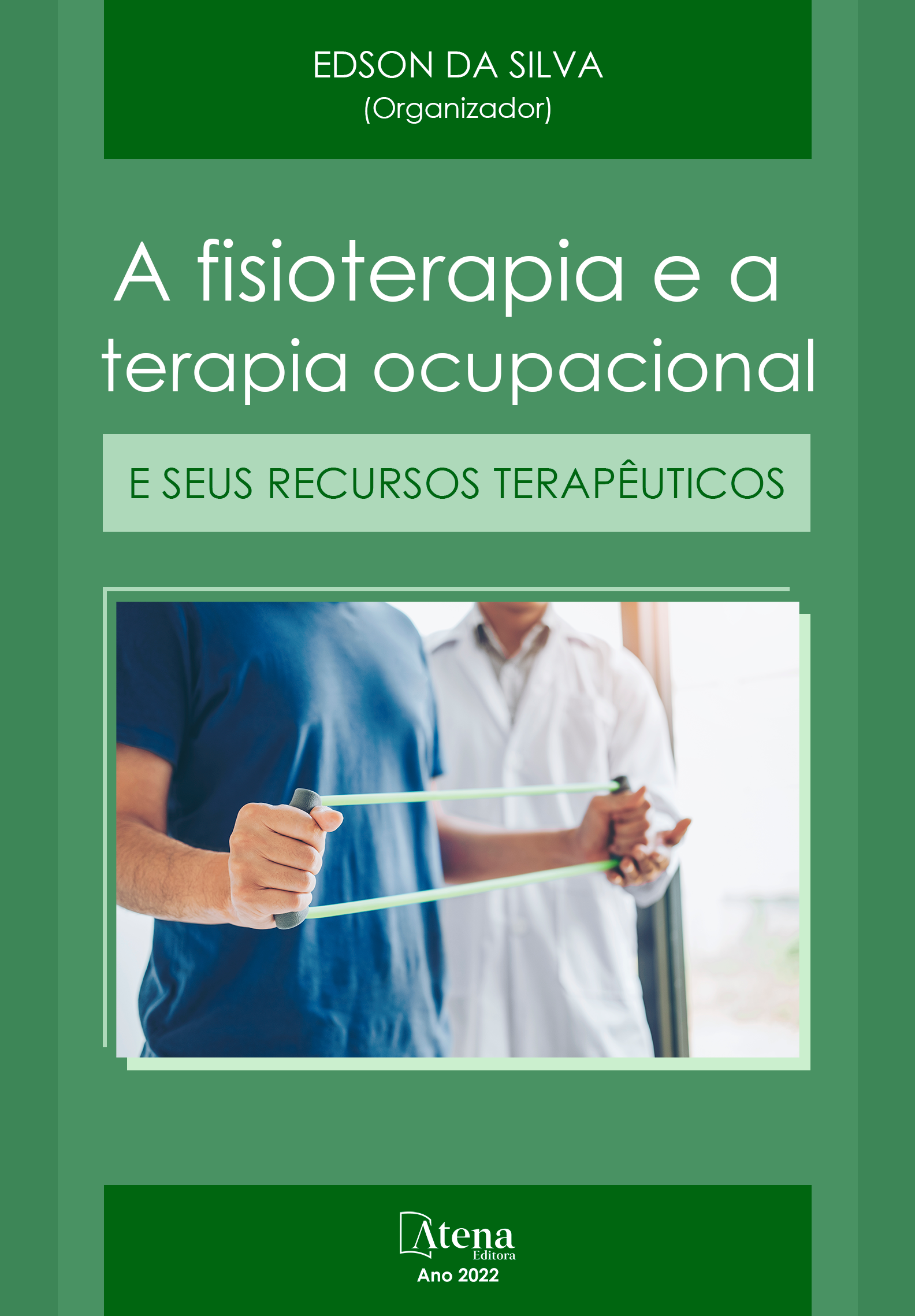
EFEITOS COMPARATIVOS DA TERAPIA DE ALTO FLUXO E DA VENTILAÇÃO NÃO INVASIVA NA INSUFICIÊNCIA RESPIRATÓRIA AGUDA
INTRODUÇÃO: A Insuficiência Respiratória Aguda tornou-se uma das principais causas de internação no mundo, é uma doença que apresenta incapacidade no sistema cardiorrespiratório, para tratamento dessa doença surgiu a Ventilação Não Invasiva que é um suporte ventilatório que utiliza interfaces para tratamento, porém esse suporte apresenta algumas limitações e contraindicações que podem limitar o tratamento. Com o avanço dos estudos passaram a procurar por outros suportes ventilatórios para tratamento dessa doença, sendo um deles a Cânula Nasal de Alto Fluxo que antigamente era uma terapia restrita somente a população neonatal. A Ventilação Não Invasiva ganhou notoriedade no ano de 2020 com a chegada da pandemia de Covid-19, notou-se que esse suporte apresenta escape aéreo o que favorece a disseminação das partículas respiratórias de Covid-19. OBJETIVO: Esse estudo teve como objetivo comparar ambos os suportes ventilatórios a fim de identificarmos quais os pontos principais de cada suporte. METODOLOGIA: Utilizou-se as bases de dados eletrônicos com período de delimitação de 2010 a 2020 em adultos, com artigos na língua inglesa, portuguesa e espanhola. CONCLUSÃO: Conclui-se que ambos os suportes apresentam benefício no tratamento da doença, porém sugere que se realize novos estudos para quantificar a real importância do seu uso em determinados quadros.
EFEITOS COMPARATIVOS DA TERAPIA DE ALTO FLUXO E DA VENTILAÇÃO NÃO INVASIVA NA INSUFICIÊNCIA RESPIRATÓRIA AGUDA
-
DOI: 10.22533/at.ed.96422310316
-
Palavras-chave: ‘’Insuficiência Respiratória’’, ‘’Ventilação Não Invasiva’’, ‘’Terapia de Alto Fluxo’’, ‘’Cânula Nasal’’, ‘’Cânula Nasal de Alto Fluxo’’ e ‘’Oxigenoterapia’’, ‘’Fisioterapia’’
-
Keywords: Respiratory Insufficiency '', '' Non-Invasive Ventilation '', '' High Flow Therapy '', '' Nasal Cannula '', '' High Flow Nasal Cannula '' and '' Oxygen Therapy '', ''Physiotherapy
-
Abstract:
Acute Respiratory Insufficiency has become one of the main causes of hospitalization in the world, it is a disease that presents impairment in the cardiorespiratory system, for the treatment of this disease, Non-Invasive Ventilation appeared, which is a ventilatory support that uses interfaces for treatment, support has some limitations and contraindications that may limit treatment. With the advancement of studies, they started to look for other ventilatory supports for the treatment of this disease, one of them being the High Flow Nasal Cannula, which in the past was a therapy restricted only to the neonatal population. Non-Invasive Ventilation gained notoriety in the year 2020 with the arrival of the Covid-19 pandemic, it was noted that this support has air leakage which favors the spread of Covid-19 respiratory particles. OBJECTIVE: This study aimed to compare both ventilatory supports to identify the main points of each support. METHODOLOGY: Electronic databases with delimitation period from 2010 to 2020 in adults were used, with articles in English, Portuguese, and Spanish. CONCLUSION: It is concluded that both supports have a benefit in the treatment of the disease but suggests that further studies should be carried out to quantify the real importance of their use in certain conditions.
-
Número de páginas: 22
- Ana Carolina Martins


